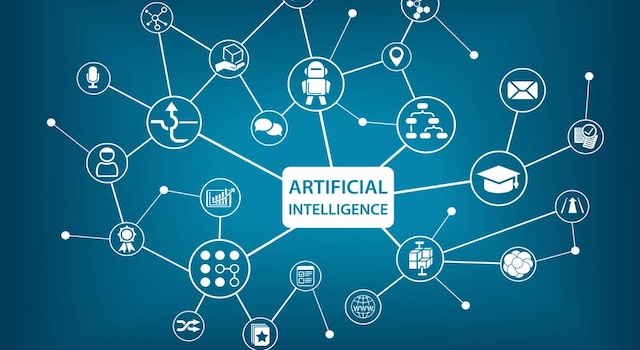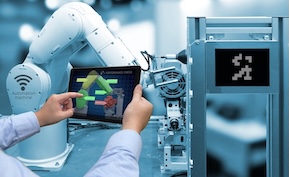Human + Machine: How AI-Powered Automation Is Redefining Workforce Productivity
As automation and artificial intelligence continue to reshape the modern enterprise, the role of the human workforce is evolving. Rather than replacing people, AI-powered automation is transforming how they work—freeing them from repetitive tasks and empowering them to focus on innovation, problem-solving, and strategic decision-making. The result is a new model of productivity where humans and machines collaborate to drive performance and growth.
The changing nature of work
Automation was once seen as a threat to jobs, but today it is recognized as an enabler of human potential. Routine processes such as data entry, reporting, and compliance tracking can now be handled by AI-driven systems that operate faster and more accurately than humans. This shift allows employees to redirect their time toward creative, analytical, and interpersonal work that machines cannot replicate.
How AI enhances human capabilities
AI-powered automation amplifies human intelligence by providing data-driven insights and decision support. Machine learning models process large datasets in seconds, identifying trends and anomalies that humans might overlook. Natural language processing enables systems to summarize information, extract meaning, and even draft communications. These tools serve as digital assistants that enhance human judgment rather than replace it.
Creating a collaborative digital workforce
Modern organizations are blending human expertise with automation to form hybrid teams. Digital workers—software bots powered by AI—collaborate with employees to execute complex workflows. For example, in finance, bots handle reconciliations while analysts interpret results. In customer service, AI triages support requests so representatives can focus on high-value interactions. This symbiotic relationship accelerates throughput and improves service quality.
Redefining roles and skill requirements
As automation takes on repetitive work, the skills that drive value in the workplace are shifting. Problem-solving, adaptability, and emotional intelligence are becoming core competencies. Organizations must invest in upskilling programs that teach employees to work effectively with AI tools. Developing digital literacy across departments ensures that automation enhances productivity rather than creating knowledge gaps.
Improving employee engagement through automation
When implemented thoughtfully, automation improves job satisfaction by removing the most monotonous aspects of work. Employees gain a sense of purpose when they can focus on activities that require creativity, collaboration, and innovation. AI tools that provide instant feedback and streamline processes also reduce frustration, leading to higher engagement and retention rates.
Balancing automation and human oversight
While AI can perform many tasks autonomously, human oversight remains essential. People provide context, ethical judgment, and empathy that machines cannot replicate. Establishing governance frameworks that define where human approval is required helps maintain accountability and trust in automated systems. This balance ensures that organizations leverage efficiency without compromising quality or ethics.
Building an automation-ready culture
Successful adoption of AI automation depends on culture as much as technology. Leadership must communicate the purpose and benefits of automation clearly, emphasizing collaboration rather than replacement. Encouraging experimentation and continuous learning creates a workforce that views automation as an opportunity for growth rather than a disruption to stability.
The future of human-machine collaboration
As AI technologies mature, the boundaries between human and machine roles will continue to blur. Organizations that cultivate trust, transparency, and shared goals between people and automation systems will achieve the highest productivity gains. This partnership marks a new era of work—one defined not by competition between humans and technology, but by collaboration that multiplies the strengths of both.
The takeaway
AI-powered automation is not replacing people; it is redefining what people can accomplish. By combining human creativity with machine precision, businesses can unlock unprecedented productivity and innovation. The organizations that succeed will be those that invest in their people as much as their technology—building teams where humans and machines work together to shape the future of intelligent work.







